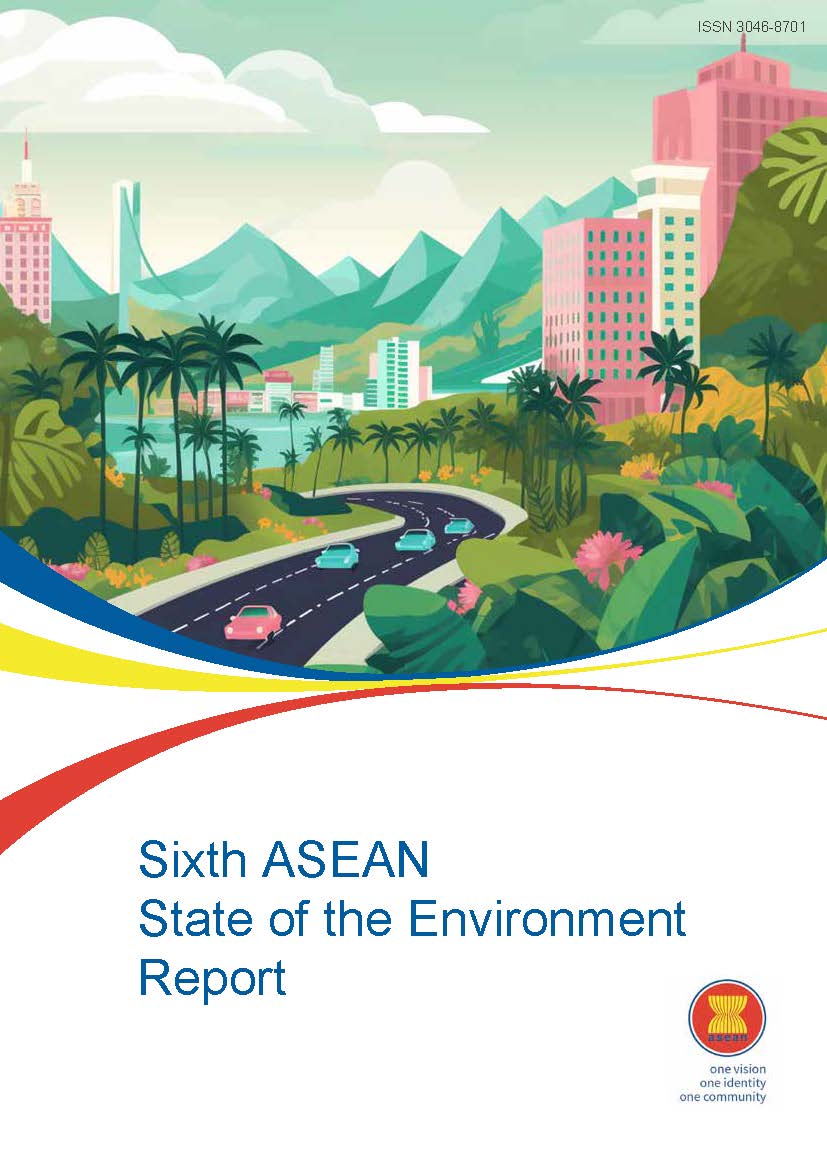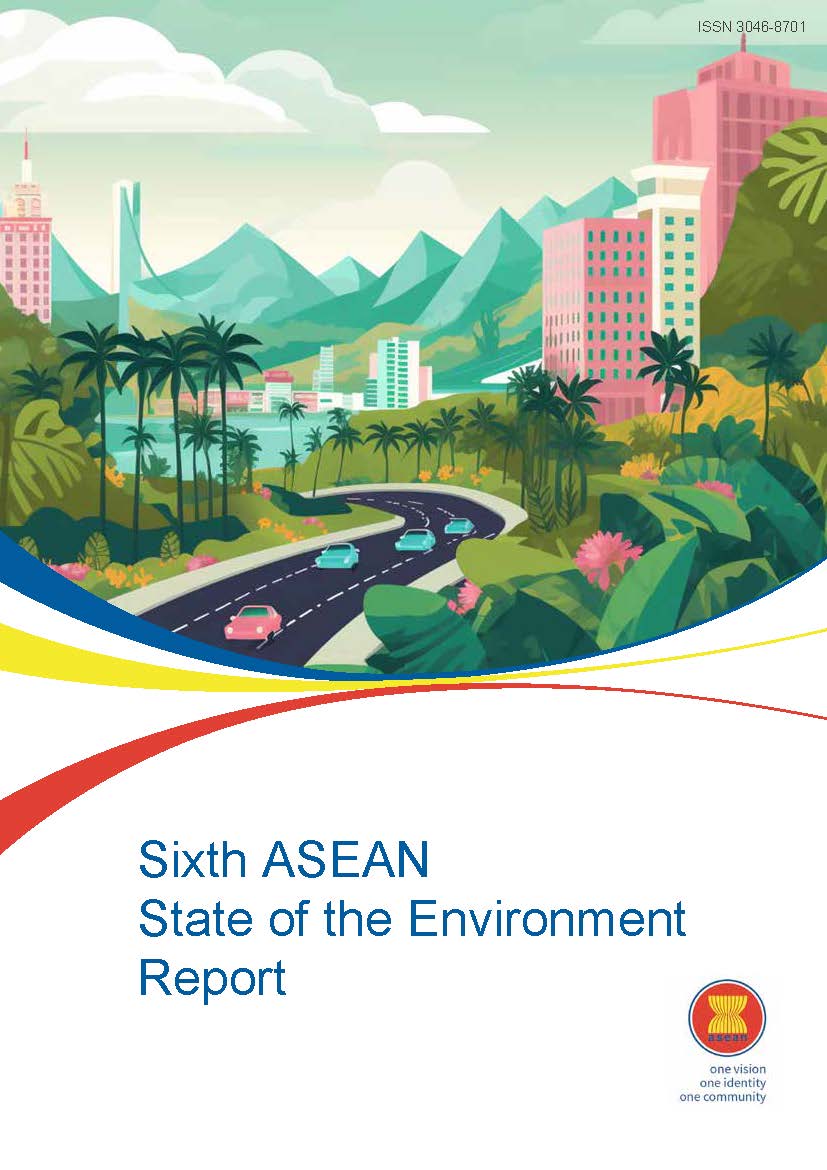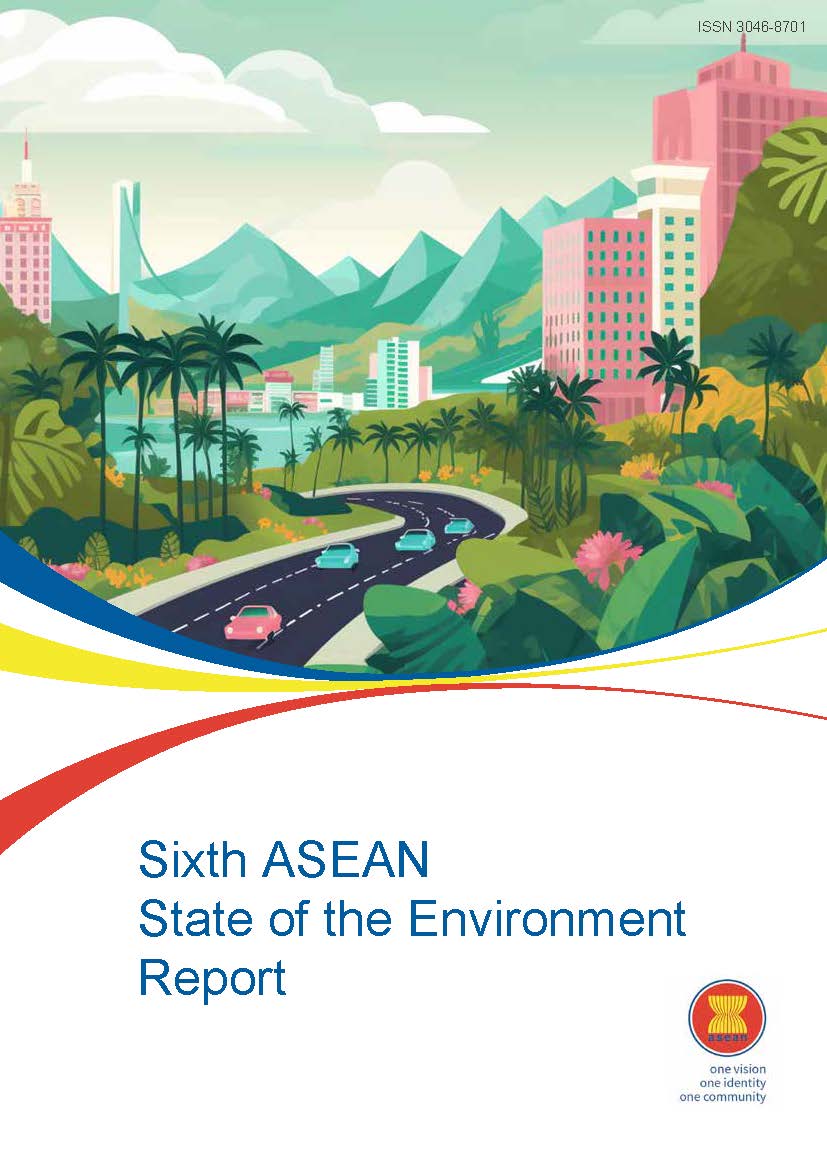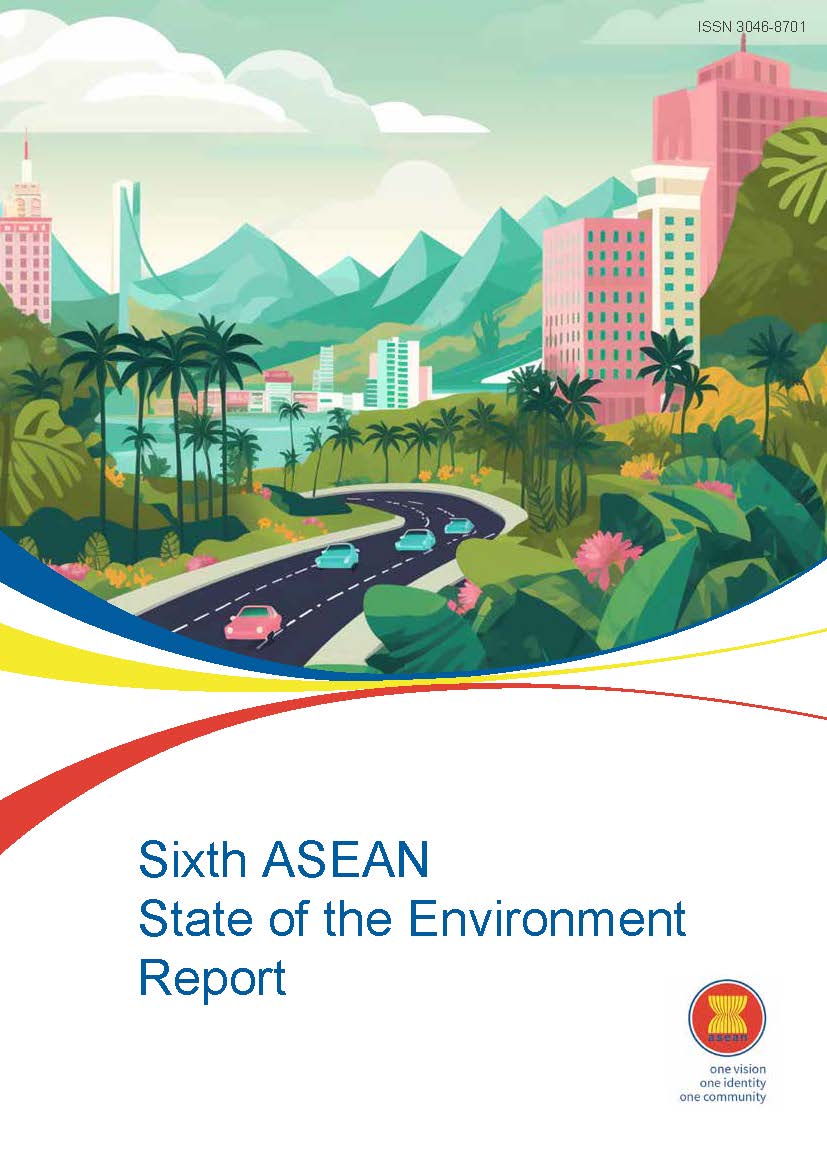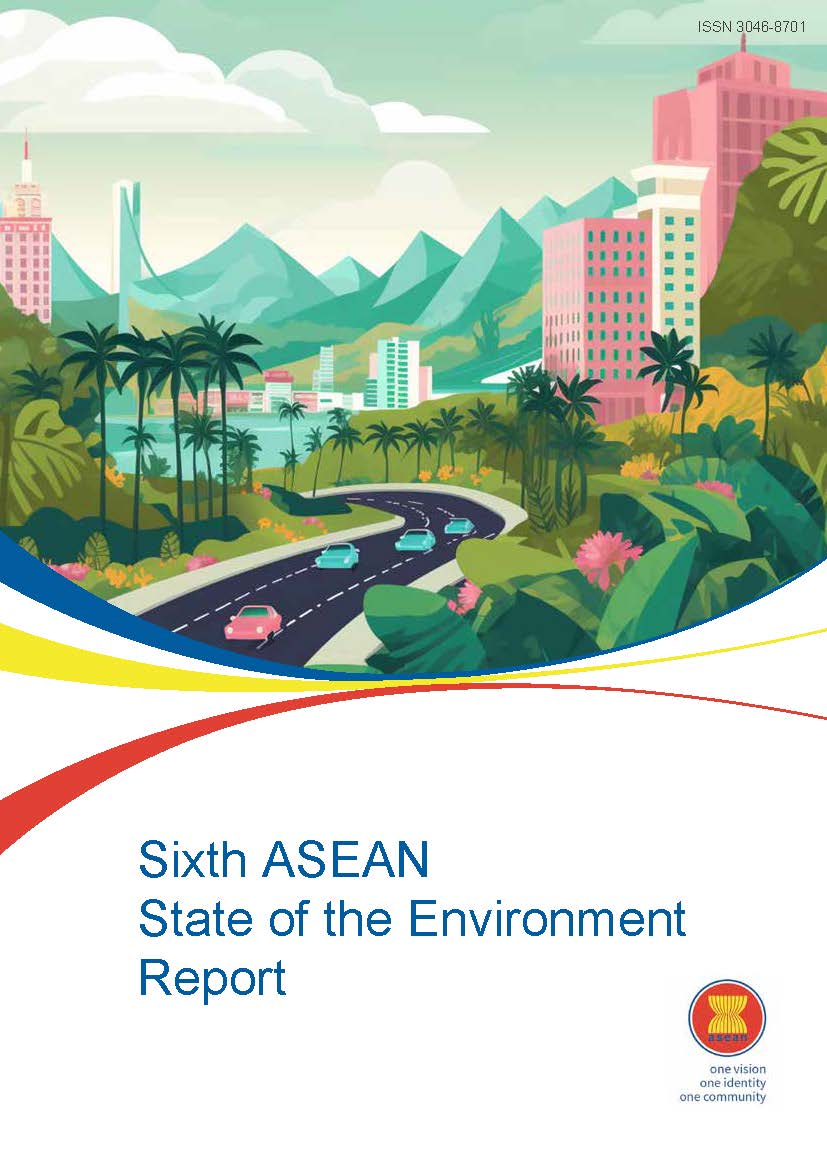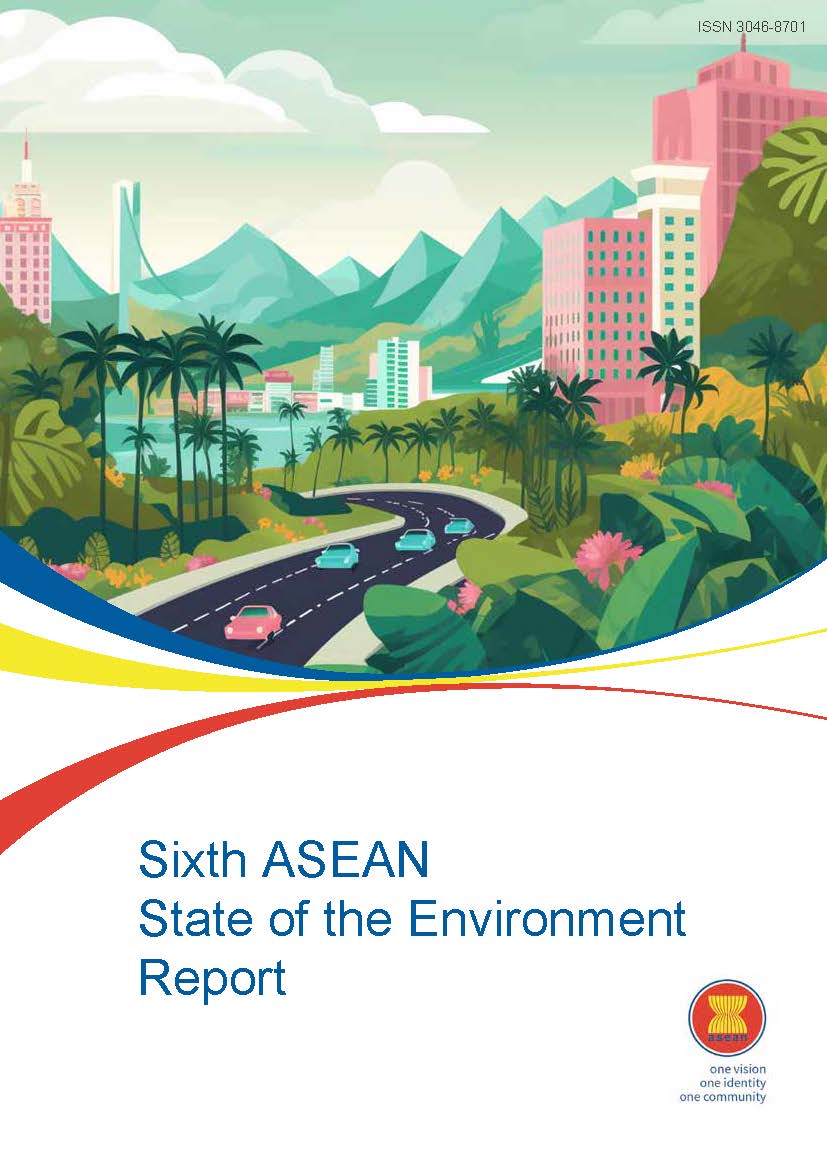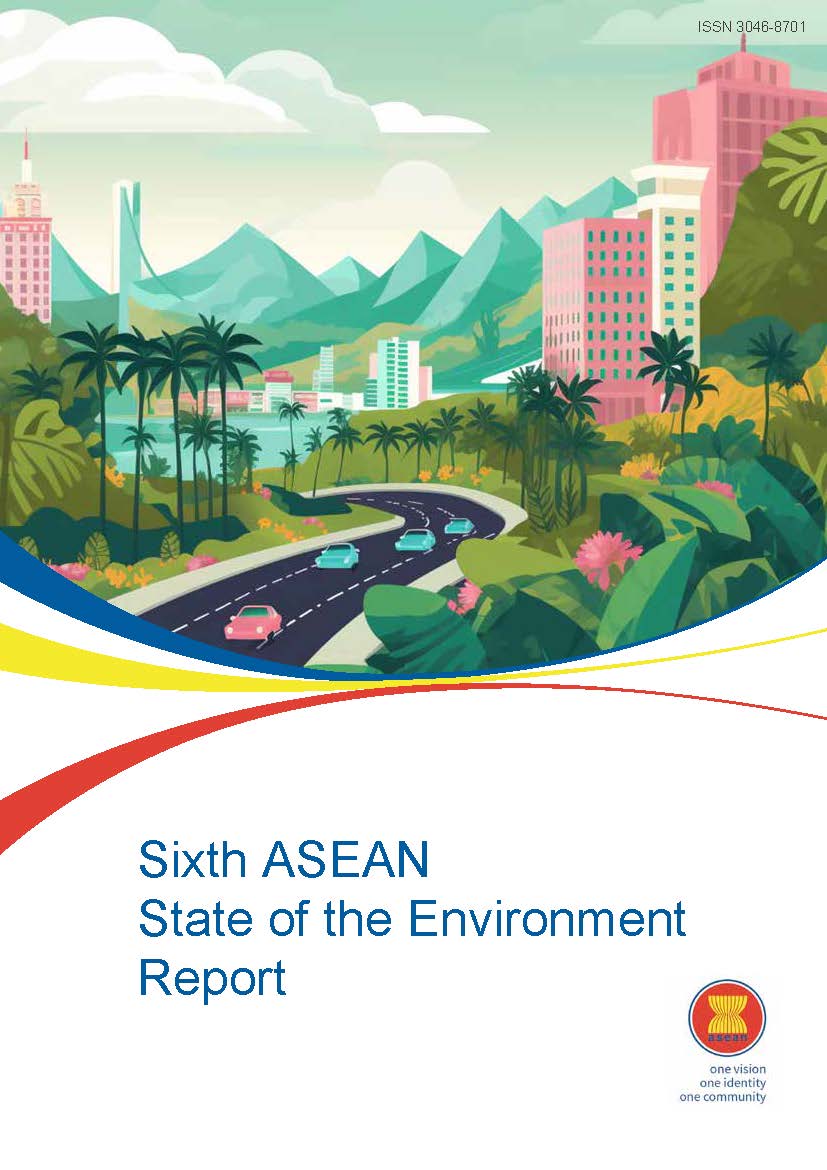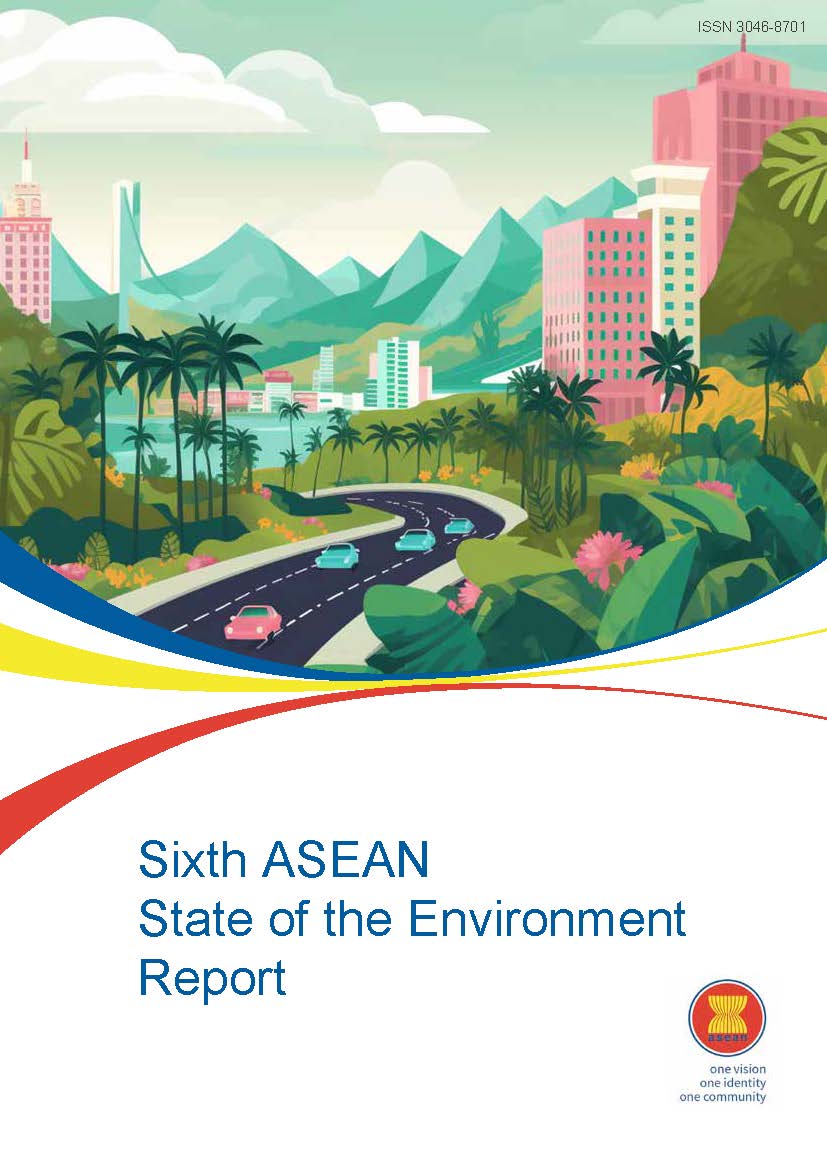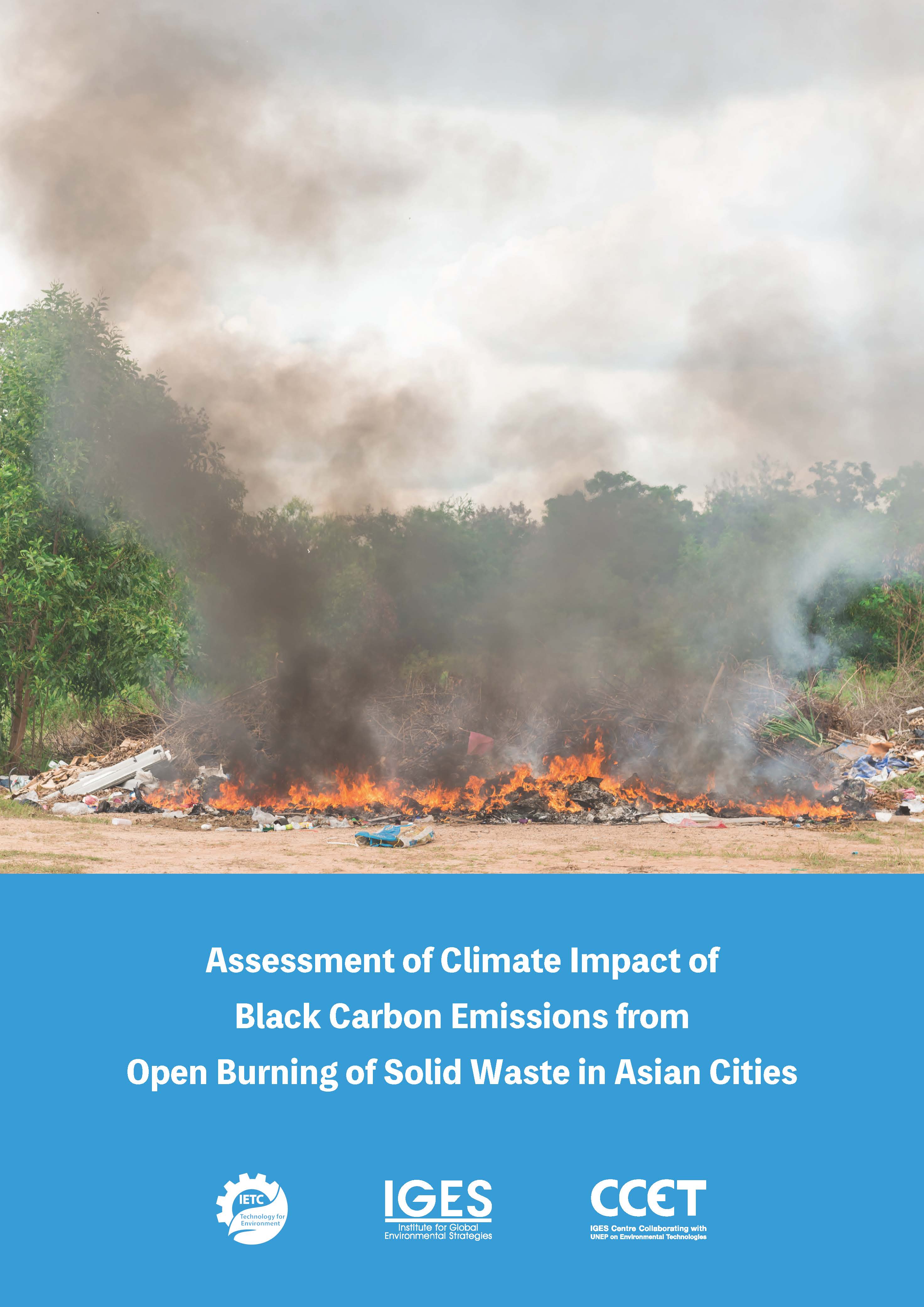Editor:
The ASEAN State of the Environment Report (SOER) is a regular flagship publication of the ASEAN Senior Officials on Environment (ASOEN) which is periodically published every 3-5 years. The SOERs present a comprehensive review of the state and trends of the environment, the pressures on it and the drivers of those pressures, and the national and...

